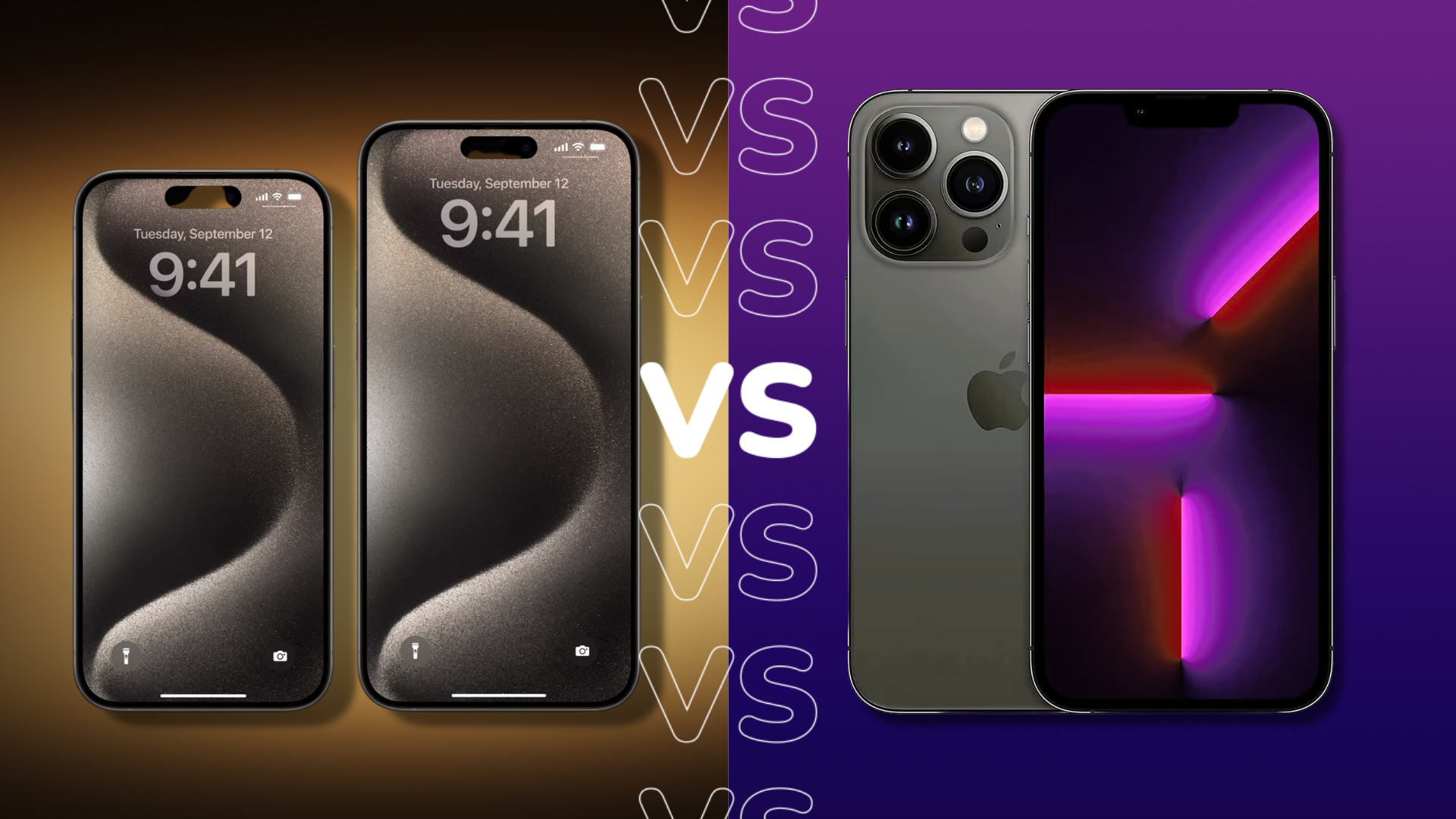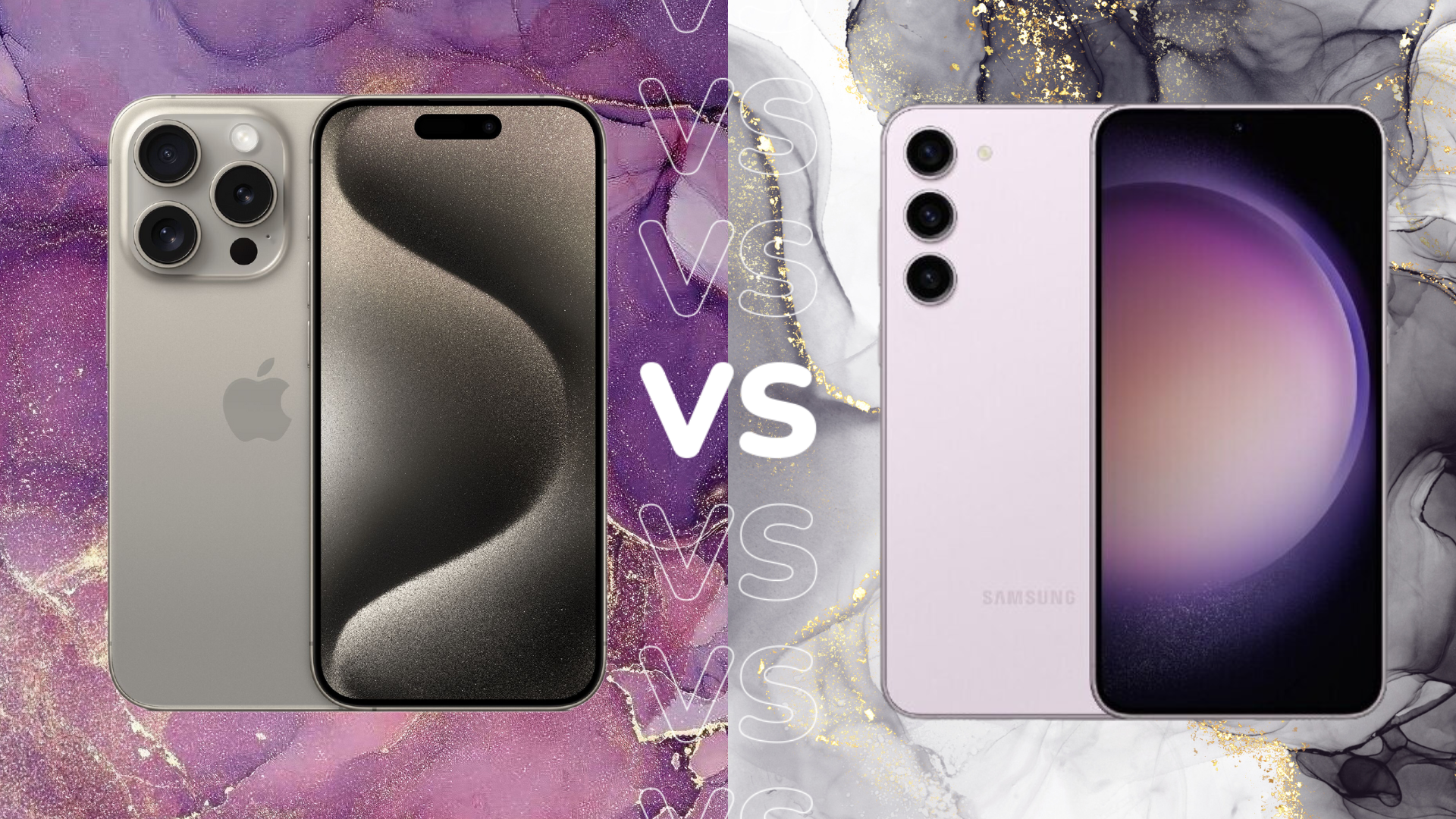Apple A17 Pro vs Snapdragon 8 Gen 2: Can Apple beat the dragon?

Apple took us all off guard with the announcement of the unusually named A17 Pro Bionic chipset, which will take over from the A16.
The Apple Wonderlust event has given way to a whole world of new products, from the Apple Watch Series 9 to a brand new batch of iPhones.
One of the biggest software announcements came in the form of the A17 Pro chipset, which will be powering a selection of the iPhone 15 series.
With yet another system-on-chip on the market, we want to see how the Apple A17 Pro will compare to the Snapdragon 8 Gen 2, the most recent chipset from Qualcomm. Keep scrolling to find out everything you need to know about the A17 Pro and how it compares to the Snapdragon 8 Gen 2.

Pre-order the new iPhone 15 range at Box
The complete iPhone 15 range is now available to pre-order sim free at Box from just £799. Includes iPhone 15/15 Plus and Pro/Pro Max
- Box
- All colours! All variations!
- from £799 – £1,599
The A17 Pro is exclusive to the iPhone 15 Pro range
As with all things Apple, you have to expect some exclusivity when new software and hardware are announced. The A17 Pro is currently only available within the iPhone 15 Pro and iPhone 15 Pro Max, although it’s likely that will appear in future generations of iPhones at some stage.
The Snapdragon 8 Gen 2 does not have the same qualms when it comes to sharing, as it appears on a number of third-party devices; the Samsung Galaxy S23, Motorola Edge 40 Pro and OnePlus 11 are just some of the handsets to include this chip, making it a lot easier to come across in the wild.

Enjoy the power of ray tracing on your handset
One of the biggest claims from the Wonderlust event is that gamers will be able to enjoy up to four times faster ray tracing on the iPhone than its predecessor – the A16 – could handle. While not everyone will be looking for a premium triple-A experience on their handset, it suggests that the A17 Pro will be a powerhouse when it comes to gaming.
Qualcomm claims that the Snapdragon 8 Gen 2 is a lot more capable than its predecessor, the Snapdragon 8 Gen 1+. The company claims that the Adreno GPU is up to 25% faster, with support for real-time Hardware-Accelerated ray tracing, Unreal Engine 5 and the Metahuman framework for photorealistic human characters.
3nm process node on the iPhone 15
Arguably the most impressive part of the A17 Pro chipset is that Apple has managed to shrink it down to just a 3nm process node. Due to this small size, there are 19 billion transistors crammed in there, which is an incredible feat. The company claims that this is the fastest chip ever to be used inside a smartphone, but we will have to wait to get the iPhone 15 Pro in for testing before we can confirm that.
Qualcomm managed to build the Snapdragon 8 Gen 2 on a 4nm process node, which comes with a whopping 16 billion transistors. This is still admirable in its own right, but it clearly won’t be able to compare to the pure powerhouse that is the A17 Pro.

More cores in the A17 Pro
Apple claims that the 6-core CPU inside the A17 Pro is now 10% faster than its predecessor, with the 6-core GPU also being 20% faster. This should make the A17 Pro incredibly capable during graphical and day-to-day tasks, making it a particularly alluring proposition for gamers.
The Snapdragon 8 Gen 2 comes with eight cores in total split across the CPU and GPU. Qualcomm claimed that this latest chip has a 35% boost in CPU performance and a 25% jump in GPU performance. It also comes with the fastest and most advanced AI created by the company. It’s unclear if the extra cores on the A17 Pro will provide it will a significant lead over its Snapdragon rival, but going off the statistics provided by Apple suggests that it will have a very decent shot.








